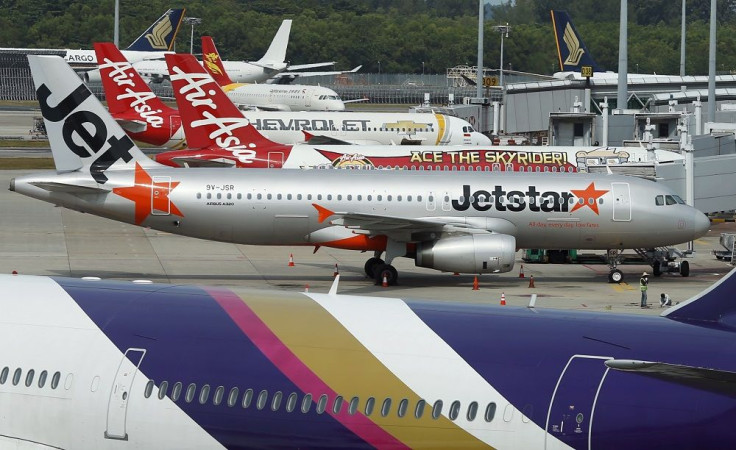[UPDATED] Australian Transport Safety Bureau investigates near collision of Jetstar & Air Asia planes at Coolangata

The Australian Transport Safety Bureau (ATSB) has initiated an investigation of the near collision of a Jetstar and Air Asia planes on Thursday morning. The incident occurred 62 kilometres off the coast, north of Coolangata Airport in Gold Coast.
The Herald Sun reports that the pilots of the Jetstar A320 aircraft got clearance to descend from air traffic control. While descending, the plane’s warning system alerted the pilots of another jet approaching its approved flight path.
The other aircraft was an Air Asia plane that took off from the Gold Coast airport and came within 152 metres of the Jetstar. Aviation rules place a minimum vertical separation of a major passenger jet in Australia at 305 metres.
Jetstar’s pilots took corrective action to create a safe distance between the two jets. The plane landed safely at Coolangata Airport with no further incident. A Jetstar spokesman says that most of their 180 passengers likely were unaware of the incident which placed the lives of the travelers at risk.
The Air Asia jet is an A330 with a maximum passenger capacity of 400. It was leaving Gold Coast for New Zealand.
Update: In a statement, Air Asia said, "AirAsia X pilots on board flight D7 206 received clearance for take-off on 21 st July 2016 at Coolangatta airport and followed the flight path according to the heading and altitude provided by the Air Traffic Controller.
"AirAsia X confirmed that the pilots received warning from traffic collision avoidance system upon take off and the crew responded to the resolution advisory by reducing the vertical speed according to flight safety procedures. The aircraft took off safely and continued its journey without any subsequent events.
"Investigation is being led by Air Transport Safety Bureau and AirAsia X is cooperating fully."
Although the two planes were not on a direct collision course, nevertheless, it was “too close for comfort.” The ATSB described the flight paths of the two aircraft as resulting in a loss of separation. Jetstar and Air Asia got from the ATSB a (TCAS) resolution advisory, leading the Jetstar pilots to conduct a climb to increase separation.





















